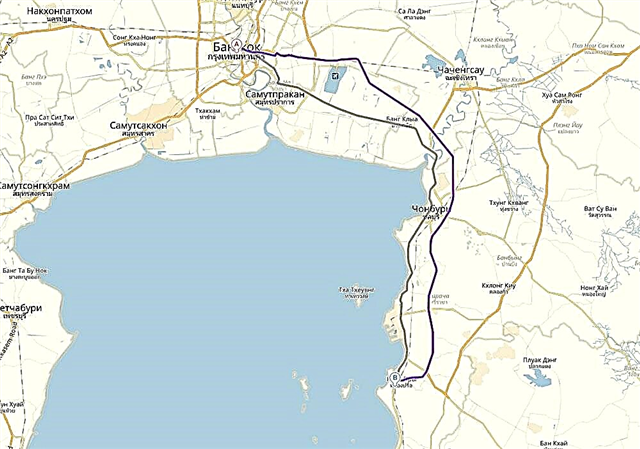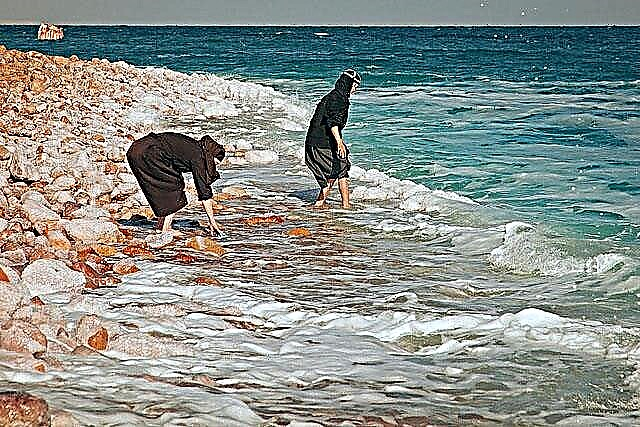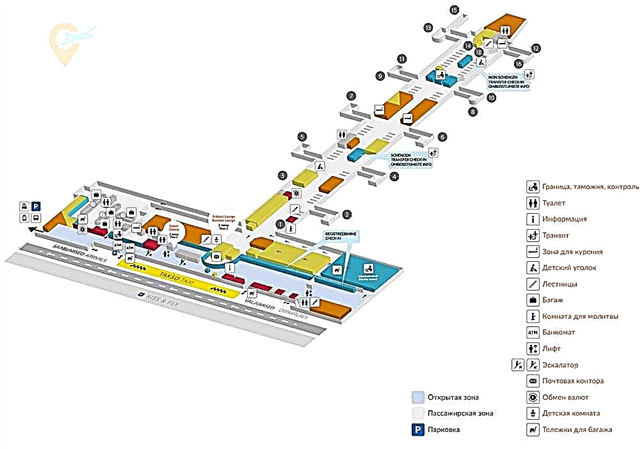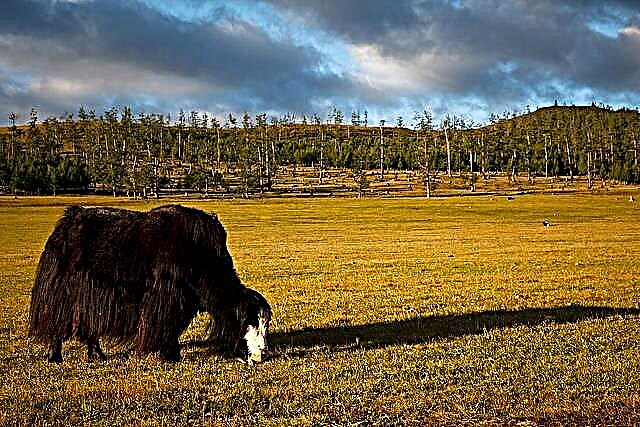Mongolia is a landlocked country in Central Asia located between Russia and China.
The natural landscape of Mongolia is extremely diverse: here you can find a wide variety of landscapes and natural areas. For the most part, the country is located on a plateau at an altitude of 1000-1500 meters above sea level. In the west is spreadMongolian Altai, smoothly merging in the south into the lower ridges of the Gobi Altai.

Mongolia climate
Mongolia climate extremely harsh, despite the fact that the country is not located in the most northern latitudes. Winters are very frosty here and summers are hot and dry. In January, the thermometer drops to -30 ° C and below, and in July it can be hot above + 30 ° C. By the way, the capital of Mongolia - Ulaanbaatar - is considered one of the coldest winter capitals in the world.

Land of the blue sky - this is how this region is often called, as there are more than 260 sunny days here a year.
The Mongolian climate is characterized by sharp temperature drops during the day. In early spring or mid-autumn, within one day, you can feel almost all the seasons at once: you will have to change clothes repeatedly, changing clothes for a T-shirt or a warm jacket.
The best time to visit the country is between April and October. It is most reasonable to organize a trip to the Gobi at the beginning of autumn, when the daytime is not so hot and the nights are not very frosty yet.
(Going toindependent travel, remember that valuable advice can be found here, and information about current promotions and offers of airlines is always available here.)
Mongolian Altai
Ridges stretching for a thousand kilometers in length. The main peak is Munkh-Khairkhan-Ula (4 362 meters). From the south-western side, the ridges are covered with forests, since it is more humid here, and the northeastern side of the mountains, as a rule, is steppes and semi-deserts due to the excessively dry climate. There are glaciers on the tops of the mountains.

Gobi Desert

Translated from the Mongolian "gobi" is a deserted place. And this is true - the desert covers an area of more than a million square kilometers and stretches over one and a half thousand kilometers in length, which makes it the largest desert in Asia. It is incredibly difficult to survive here - if you are used to considering the desert a very hot place, then the situation with the Gobi is somewhat more complicated. Yes, in summer it can be more than +50 degrees Celsius, but in winter the temperature can drop to -60 ° С! The temperature range is striking - more than 110 ° C.

In fact, the Gobi is a number of different territories, each of which is characterized by its own climate, a special type of relief and landscapes. It is said that the locals themselves distinguish over 30 unique areas within this giant desert - the natural landscape of the Gobi Desert is indeed very diverse.

Lakes and rivers
Despite the rather dry climate, Mongolia has more than 1,000 permanent lakes and even more temporary lakes that appear during heavy rains and disappear during drought. Once upon a time Mongolia was a sea, so the current lakes are what remains of that ancient reservoir.
In Mongolia, you can find the "younger brother" of the Russian Baikal - Lake Khubsugul is considered to be such: it is deep enough (over 230 meters), and also has a similar composition of water, flora and fauna.
In general, the largest lakes in Mongolia in terms of area are Ubsu-Nur, Khara-Us-Nur, Khirgis-Nur, although they are only a few meters deep.

The most full-flowing river in the country is the Selenga, which also flows through the territory of Russia and eventually flows into Lake Baikal. The waters of the Selenga are always muddy and have a dark color - it's all about the clay-sandy banks along which this river flows.
In general, many rivers originate in Mongolia, which are the upper reaches of the great Siberian and Far Eastern rivers, ultimately flowing into the Arctic and Pacific oceans.

You can read about other landscapes, landscapes and nature of different parts of the world here.











